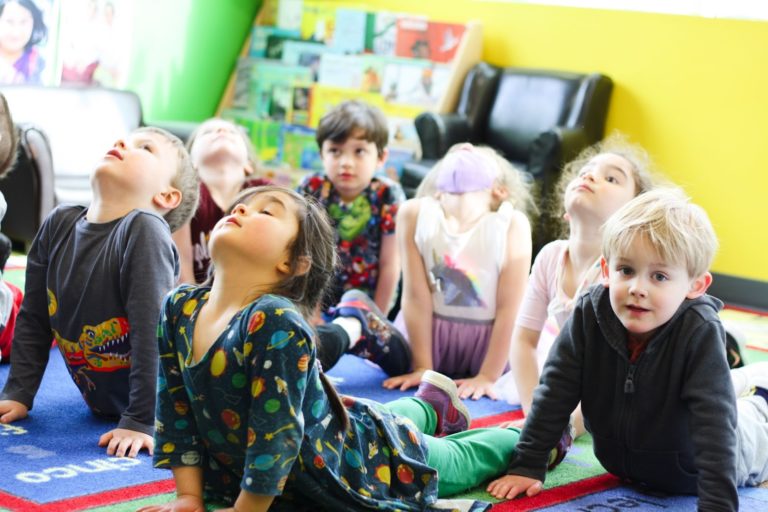Cooperative Learning in School
Cooperative learning in school has been around for decades, but it never attracted the same prominence as differentiated or blended learning. Although some people find cooperative learning confusing, it’s undeniably an effective and powerful teaching strategy.
But what is cooperative learning, and how does it work? Here’s everything you need to know about cooperative learning as an accepted and highly recommended instructional procedure.
What is Cooperative Learning?
Cooperative learning is an instructional learning strategy where students work together to meet their educational goals. Each student learns new skills and knowledge and simultaneously assists groupmates in learning. The main aim of cooperative learning is to enhance interdependence while emphasizing the positive effects of personal responsibility.
Students participate in crucial and keenly devised tasks for the group’s success. They work in unison to accomplish the task, and each individual has a responsibility to oversee the completion of the assignment. Therefore, success depends on everyone’s effort in the group.
The sense of belonging to a group builds social competence, resilience, communication skills, and empathy. Cooperative learning requires interdependence and social interaction, enhancing critical analysis, emotional awareness, creative problem-solving, judgment, and innovation skills.
Outcomes of Cooperative Learning
As students get positive feedback in their groups, they become more active and develop excellent communication skills. It’s hard for teachers to give all students one-on-one guidance every day. Cooperative groups can minimize the student’s reliance on teachers and enhance improved behavior management, direct guidance, and progress feedback.
Essential cognitive activities and interpersonal dynamics only happen when students promote each other’s learning. Group members can discuss the concepts being learned, orally explain how to tackle problems, connect present with past learning, and teach individual knowledge to teammates. Students become fully committed to each other and their mutual goals through face-to-face learning.
The nature of cooperative learning creates interdependence and improves communication skills and emotional sharpness. The cooperative learning structure also gives the students full responsibility for conflict resolution and group decision-making.
The best thing about cooperative learning is that it equips students with good interpersonal skills. It’s more complex than individualistic or competitive learning because students engage concurrently in teamwork and taskwork. Group members must know how to lead, build trust, manage conflicts, and make effective decisions.
Things to Know Before Starting Cooperative Learning

The main aim of cooperative learning is to keep students on track. Although you’re not teaching, you will be directly involved in ensuring students stay on track.
It’s easy for students to go off-topic while working in a social setting. Therefore, listening keenly to what the students discuss when they are in groups is important. Since you cannot be at every intersection, you can enlist another teacher to help you manage the groups or break down the student groups into easy-to-manage stations.
You can also develop specific learning strategies that suit a specific group. With these strategies, you can create a structured approach that will make it hard for students to lose focus or go off-topic.
How is Cooperative Learning Structured for the Classroom?
Both teachers and students take time to adapt to cooperative learning. It may take numerous tries and adjustments before you’re comfortable teaching in a cooperative setting. Maintaining focus is one of the key obstacles to successful cooperative learning. If students walk in from chatting with friends to conversing in groups, they will not have the focus needed to learn anything.
Cooperative groups must mix students with varying ability levels. For instance, a group can have four to five students, with two average students, one above-average student, and one below-average student. If possible, students should not have the option of shifting groups or forming their groups. The groups should change after every two months.
It would be best if you understand how your students think, which will help you keep in touch with your student’s generation and notice value changes, trends, and maturity in the discussions.
Finally, always be in control of your classroom. If you want to end the debate, terminate it. After the debate, taking time to recap what you’ve taught will help your students to retain everything they’ve learned and achieved in context.
Spanish Immersion at Casa de Corazón
At Casa de Corazón, we provide youngsters with a quality childhood education that will give them a leg up in their education. Give your child a bright future through our Spanish immersion early learning programs in MN and Shorewood, WI. Learn more online with Casa de Corazón.


